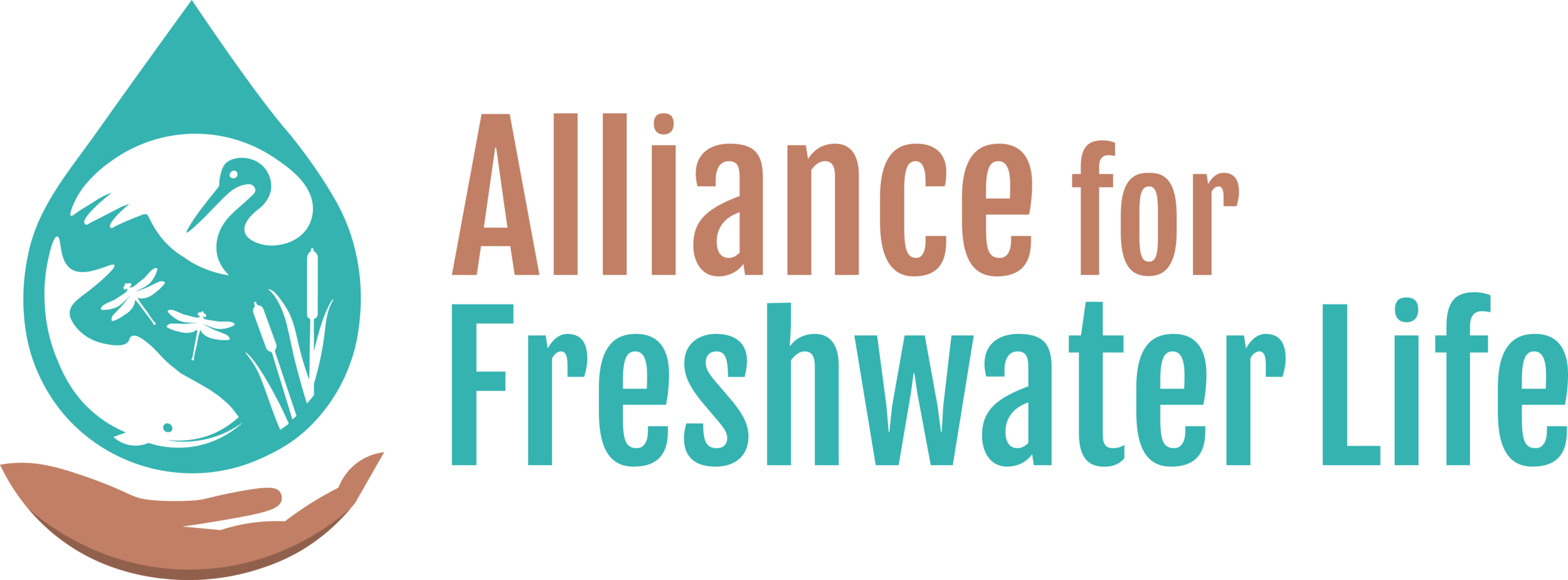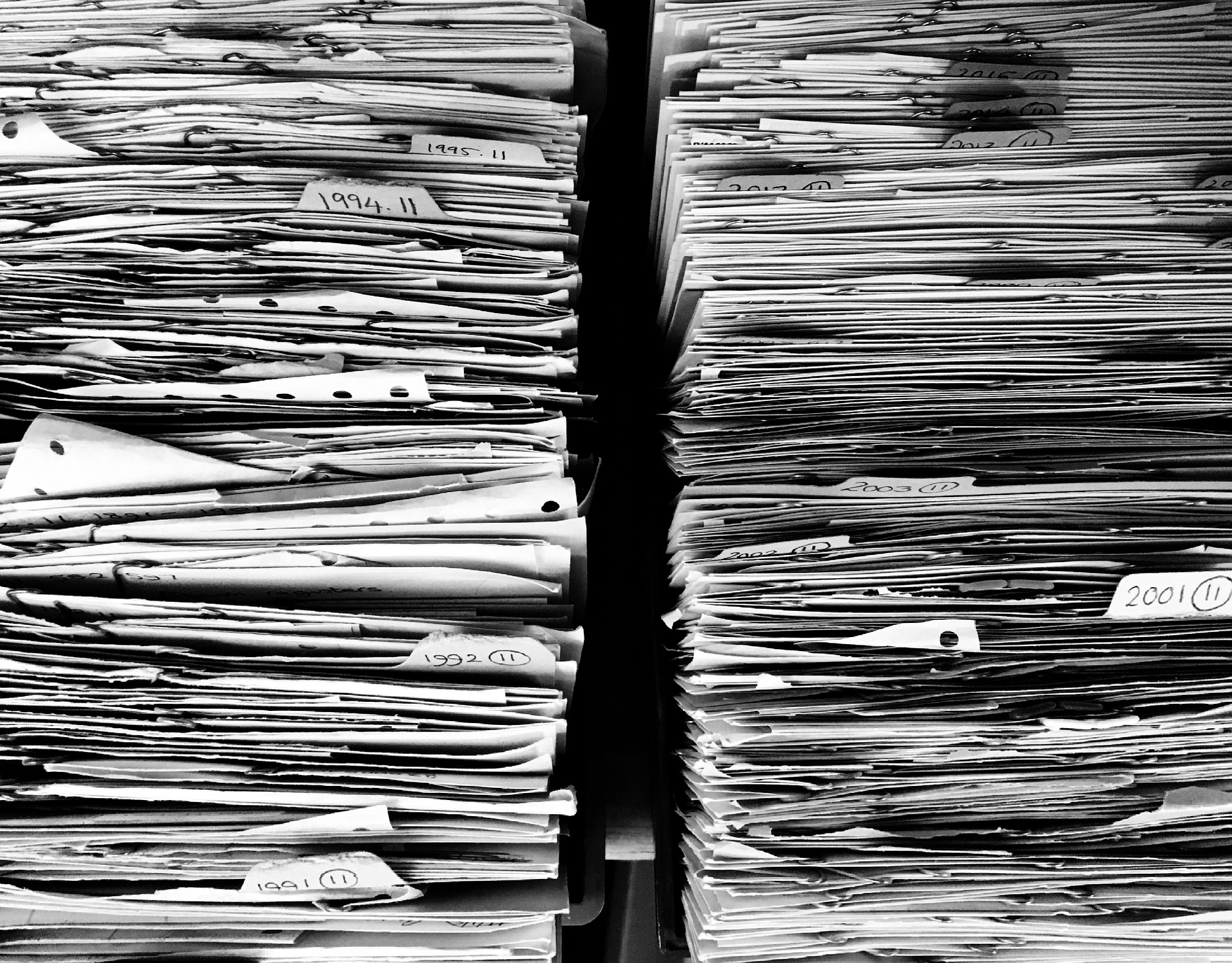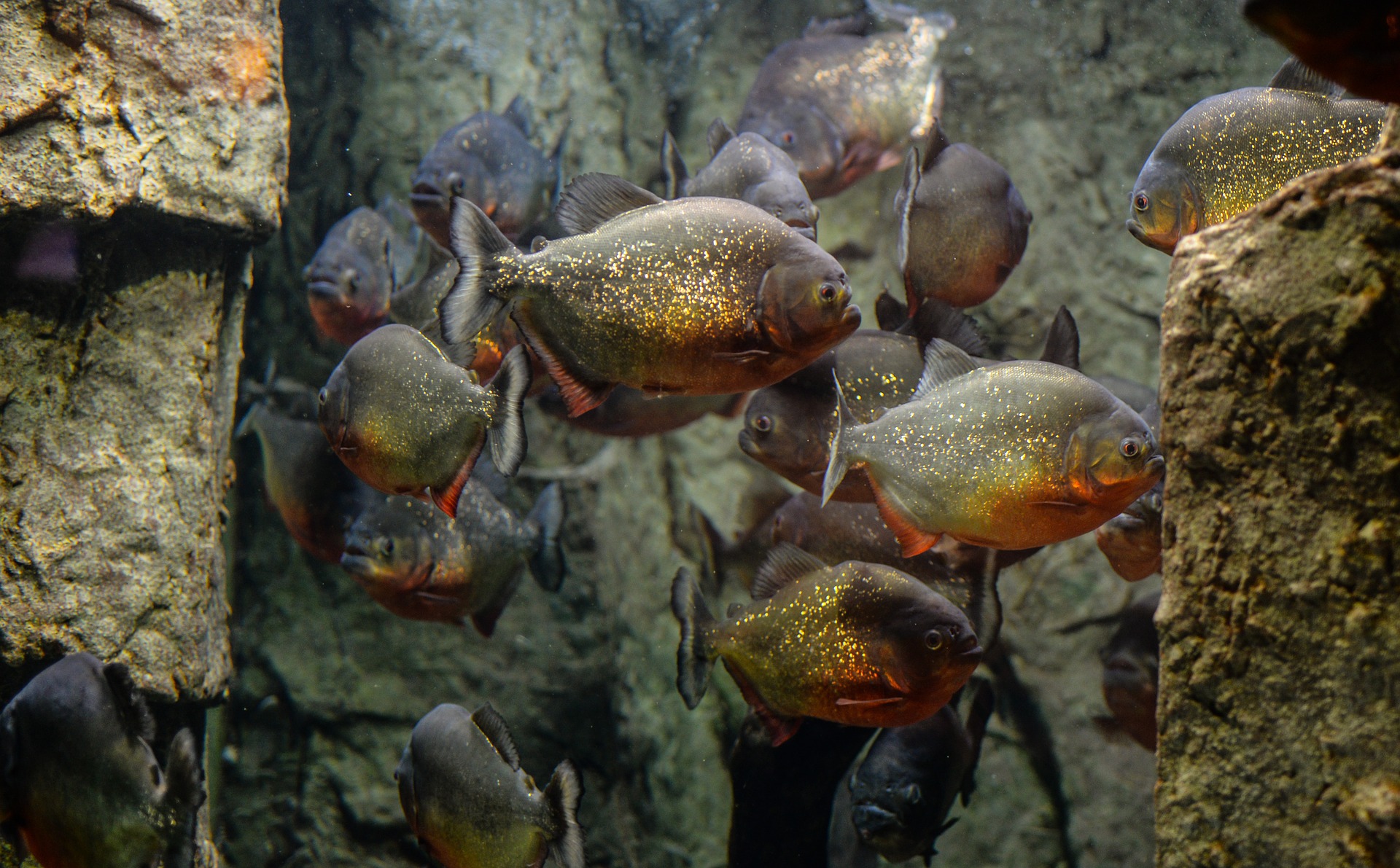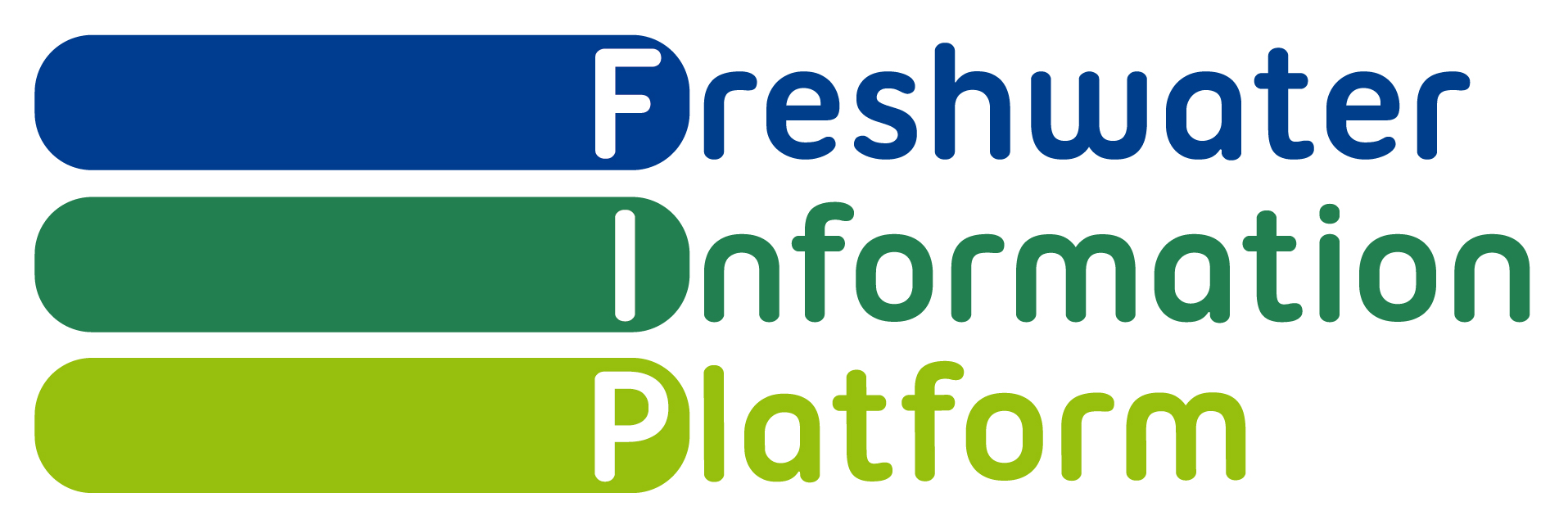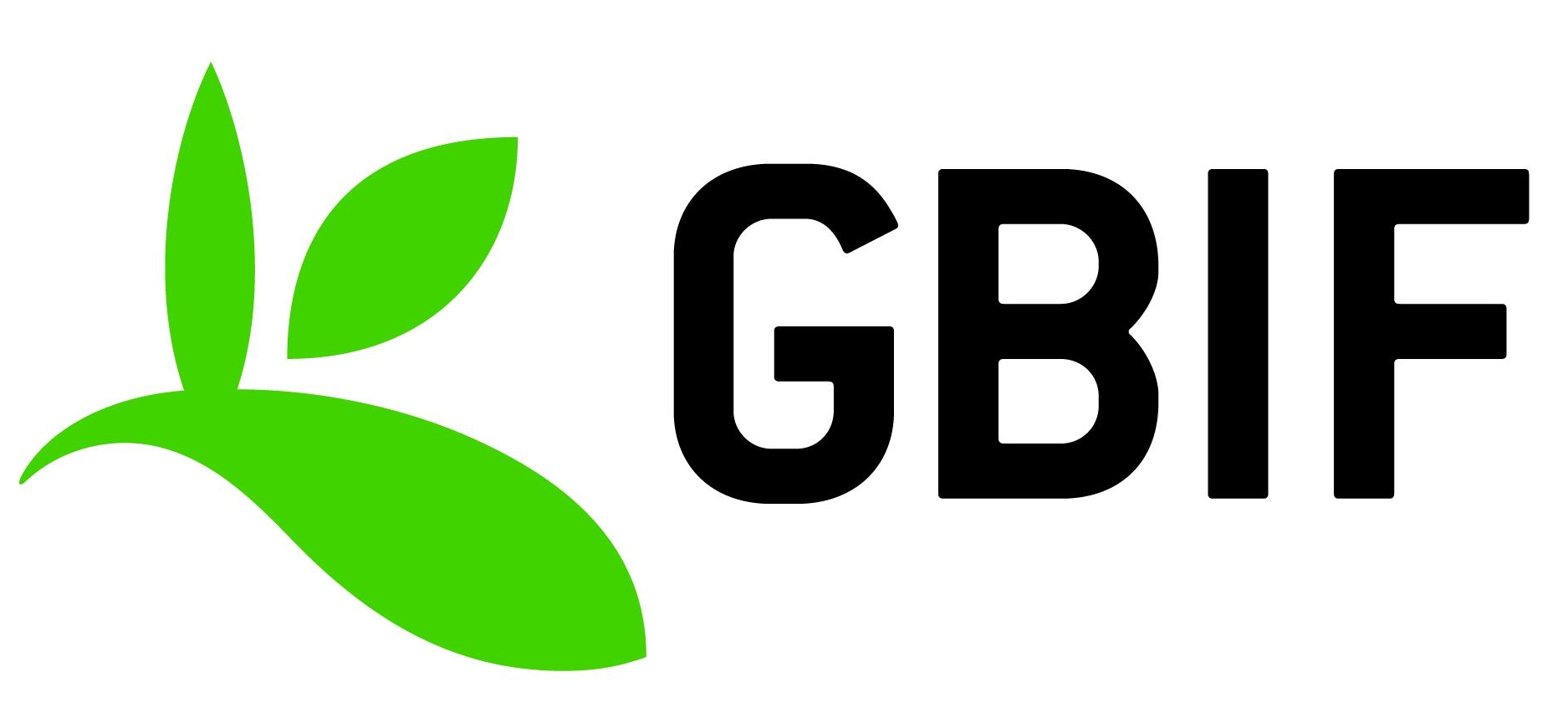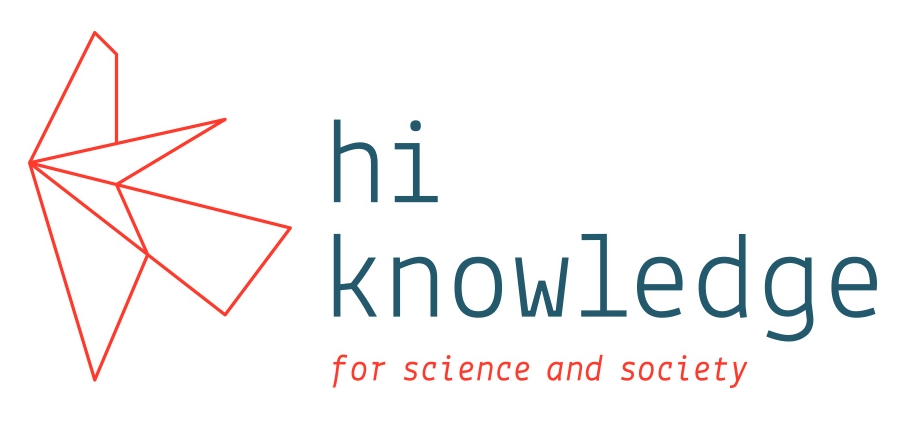DATA & SYNTHESIS
We compile, manage, synthesize, and provide access to freshwater biodiversity data.
BACKGROUND
Too often, the potential for scientific data to direct conservation action and international policies is not fully recognized.
This is partly because funding support for freshwater conservation and research is limited. There are also areas where scientific data may be present, but the data are not easily (or affordably) accessible or not presented in a way that is compatible with other data sets.
It is, therefore, essential to coordinate the data collection efforts of scientists, conservation professionals, engineers, hydrologists, and more, in order to facilitate data-driven decision making by policy makers and investors. It is also essential to manage datasets for compatibility and to synthesize findings from diverse data sources for a truly global perspective on freshwater systems and management.
Scientific research provides an important voice to balance the socio-economic context for sustainable water use. Although the need to protect the environment is included in many national sector policies and strategies, in practice, safeguarding natural ecosystems often comes second to other development priorities.
However, priorities that require the availability of freshwater ecosystems, such as for food and energy production, are actually destroying the systems upon which they depend.
We need to provide the necessary scientific research to inform environmental and development decision-making and effectively exchange information between science, policy, and management if we are to save the freshwater ecosystems that support life on this planet.
Human demands on freshwater ecosystems are increasing rapidly as the global human population grows, and as we strive for a better standard of living. By 2050, agriculture will need to produce 60% more food globally, and 100% more in developing countries (Alexandratos & Bruinsma 2012). Water demand for manufacturing is expected to increase by 400% between 2000 and 2050 globally (WWAP 2015).
The Alliance will compile, manage, synthesize, and provide access to freshwater biodiversity data to make the information more readily and openly available and in a format suitable for use by conservation decision makers, managers, researchers and other interested parties.
Too often, the potential for scientific data to direct conservation action and international policies is not fully recognized.
What we're doing to make a difference
Expand big data initiatives
We will build upon and support existing global initiatives such as the Freshwater Information Platform, IUCN Red List of Threatened Species, World Database of Key Biodiversity Areas, Global Lake Ecological Observatory Network, and FWBON in their development and application of Essential Biodiversity Variables for tracking change in freshwater biodiversity. We aim for data transparency that will help expand open access to information, making it more readily available to all interested parties.
Make research more readily available
The Alliance targets research areas where scientific data may be present, but not easily accessible or not presented in a way that is consistent or compatible with other data sets. An objective of the Alliance will be to make this body of existing research more readily available to development and conservation decision makers in a suitable format for uptake.
Key partners and related initiatives:
You can help.
Do you collect, coordinate, or analyze data on freshwater systems? Become a member today and help us expand our efforts.
References Cited
Alexandratos N. & Bruinsma J., 2012. World agriculture towards 2030/2050. The 2012 Revision. EAS Working Paper No. 12-03. FAO.
WWAP (United Nations World Water Assessment Programme). 2015. The United Nations World Water Development Report 2015: Water for a Sustainable World. Paris, UNESCO. http://unesdoc.unesco.org/images/0023/002318/231823E.pdf
